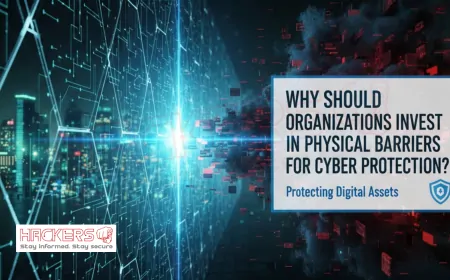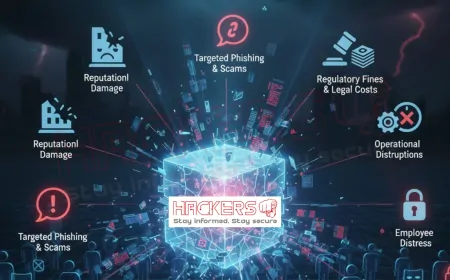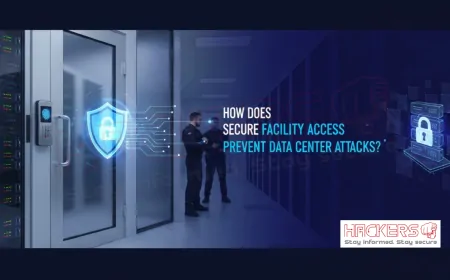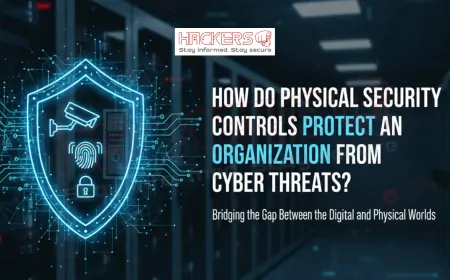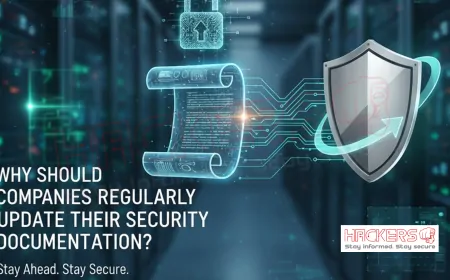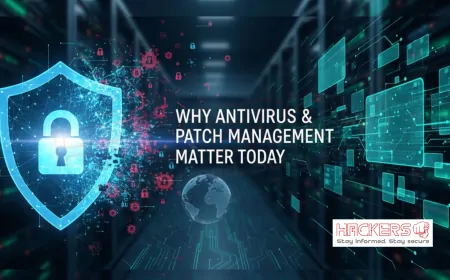How Do Audit and Monitoring Systems Strengthen Cybersecurity Compliance?
Imagine a world where your organization's data is under constant threat from invisible attackers, lurking in the shadows of the digital realm. One small oversight could lead to massive data breaches, financial losses, and shattered trust. In 2025, with cyber threats evolving faster than ever, staying compliant with regulations is not just a box to check: it's a lifeline. Audit and monitoring systems play a starring role in this defense strategy. They act like vigilant watchdogs, spotting issues before they escalate and ensuring your practices align with standards like GDPR or HIPAA. This blog post will explore how these systems bolster cybersecurity compliance, using simple explanations that even beginners can follow. We'll dive into their components, benefits, real-world examples, and more, showing why they are essential in today's high-stakes environment.
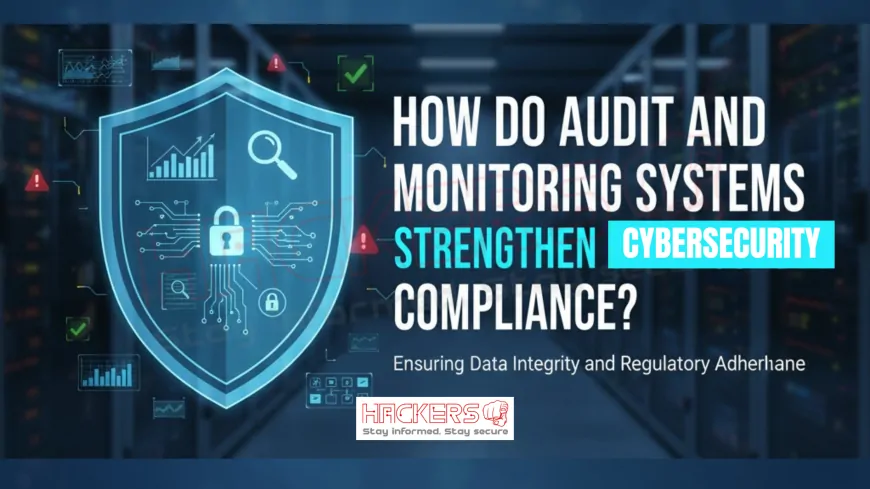
Table of Contents
- Understanding Audit and Monitoring Systems
- The Importance of Compliance in Cybersecurity
- How Audits Strengthen Compliance
- The Role of Monitoring Systems
- Key Components of These Systems
- Benefits of Implementing Audit and Monitoring
- Challenges and Solutions
- Real-World Case Studies
- Best Practices for Effective Use
- Future Trends in 2025 and Beyond
- Conclusion
- FAQs
Understanding Audit and Monitoring Systems
Audit and monitoring systems are foundational tools in cybersecurity. An audit is like a thorough check-up: it reviews your security practices, policies, and controls to ensure everything is in order. This could involve examining logs, interviewing staff, or testing systems for weaknesses. Monitoring, on the other hand, is ongoing surveillance. It watches network activity in real-time, alerting you to unusual behavior that might signal a threat.
These systems work together to maintain a secure environment. For beginners, think of audits as annual health exams and monitoring as daily fitness trackers. They help organizations detect vulnerabilities early, much like how regular check-ups prevent diseases. In cybersecurity terms, vulnerabilities are weaknesses that hackers could exploit, such as outdated software or weak passwords.
Why are they crucial for compliance? Regulations require proof that you're protecting data. Audits provide documented evidence, while monitoring ensures continuous adherence. Without them, companies risk fines or breaches. As cyber threats rise, with incidents costing millions, these systems are more important than ever.
In essence, understanding these systems starts with recognizing their proactive nature. They shift focus from reacting to threats to preventing them, building trust with clients and regulators alike.
The Importance of Compliance in Cybersecurity
Compliance means following rules set by laws or industry standards to protect data. In cybersecurity, it's vital because non-compliance can lead to severe penalties. For example, GDPR in Europe fines companies up to 4% of global revenue for data mishandling.
In 2025, compliance is tougher with new regulations addressing AI and cloud computing. Organizations must prove they're secure, and that's where audit and monitoring shine. They provide the evidence needed during inspections.
Compliance also builds reputation. Customers prefer companies that safeguard their data. Without it, trust erodes, leading to lost business. Moreover, it fosters a culture of security awareness, where everyone plays a part in protection.
Beginners might wonder: how does compliance tie to daily operations? It influences everything from password policies to data storage. By staying compliant, firms avoid legal issues and enhance overall resilience against attacks.
How Audits Strengthen Compliance
Audits strengthen compliance by systematically evaluating security measures. They identify gaps, like missing encryption, and recommend fixes. This ensures alignment with standards.
During an audit, experts review logs and controls, simulating attacks to test defenses. This proactive approach uncovers hidden risks.
Audits also promote accountability. Knowing reviews happen encourages staff to follow protocols. Post-audit reports guide improvements, closing compliance loopholes.
In 2025, audits evolve with automation, making them faster and more accurate. They turn challenges into opportunities for stronger security.
The Role of Monitoring Systems
Monitoring systems provide real-time oversight, detecting anomalies like unusual login attempts. This continuous watch ensures compliance by flagging issues instantly.
Unlike audits, which are periodic, monitoring is always on. It uses tools to track network traffic and user behavior, alerting teams to potential breaches.
For compliance, it offers ongoing evidence of adherence. Regulators value this, as it shows proactive management. In dynamic environments, monitoring adapts to new threats.
Beginners can see it as a security camera: it records and notifies, preventing small problems from growing.
Key Components of These Systems
Effective systems have several components. Logs record activities for review. Alerts notify of suspicious events. Reporting tools summarize data for compliance proofs.
Automation streamlines processes, reducing human error. Integration with other security tools enhances coverage.
- Log Management: Collects and stores data trails.
- Threat Detection: Uses AI to spot patterns.
- Compliance Mapping: Aligns controls to regulations.
- Audit Trails: Tracks changes for accountability.
- Reporting Dashboards: Visualizes metrics.
These work together for robust protection.
Benefits of Implementing Audit and Monitoring
Implementation brings many benefits. First, reduced risks: Early detection prevents breaches. Second, cost savings: Avoiding fines and downtime.
Third, improved efficiency: Automation frees resources. Fourth, better decision-making: Data insights guide strategies.
Fifth, enhanced trust: Compliance reassures stakeholders. In 2025, these systems are key to resilience.
Challenges and Solutions
Challenges include complexity: Systems can overwhelm small teams. Solution: Start small, scale up.
Data overload: Too many alerts. Fix: Prioritize with AI.
Cost: Initial setup. Offset with long-term savings.
Privacy concerns: Balance monitoring with rights. Use transparent policies.
Real-World Case Studies
In healthcare, Clearwater helped a rural system become audit-ready, improving compliance.
Slovenia's audit of power systems revealed cyber preparedness gaps, leading to fixes.
A bank used monitoring to detect fraud early, maintaining compliance.
Best Practices for Effective Use
Follow these practices.
- Conduct regular audits.
- Involve stakeholders.
- Use automation.
- Train staff.
- Update regularly.
Future Trends in 2025 and Beyond
In 2025, AI enhances monitoring, predicting threats. Continuous compliance replaces snapshots.
Integration with cloud grows. Regulations evolve, demanding advanced systems.
| Trend | Description | Impact on Compliance |
|---|---|---|
| AI Integration | Automates detection | Faster responses |
| Continuous Monitoring | Real-time assessments | Ongoing adherence |
| Cloud Focus | Hybrid environments | Broader coverage |
Conclusion
In summary, audit and monitoring systems strengthen cybersecurity compliance by detecting risks, ensuring adherence, and fostering improvements. They offer benefits like cost savings and trust, despite challenges. With trends like AI, they are vital for 2025. Implementing them builds resilient defenses.
What are audit systems in cybersecurity?
Audit systems review security practices to ensure compliance and identify weaknesses.
What is monitoring in this context?
Monitoring involves real-time surveillance of networks to detect threats.
Why is compliance important?
It protects data and avoids penalties from regulations.
How do audits help with compliance?
They provide evidence and fix gaps in security.
What role does monitoring play?
It offers continuous proof of adherence.
What are key components?
Logs, alerts, and reporting tools.
What benefits do they provide?
Reduced risks and cost savings.
What challenges exist?
Complexity and data overload.
How to overcome challenges?
Use AI and start small.
Can small businesses use them?
Yes, with scalable tools.
What is continuous monitoring?
Ongoing assessments replacing periodic audits.
Why use automation?
It reduces errors and speeds processes.
What are audit trails?
Records of changes for accountability.
How often should audits occur?
Annually for comprehensive, quarterly for high-risk.
What trends for 2025?
AI and cloud integration.
Do they improve efficiency?
Yes, by freeing resources.
What case studies show success?
Healthcare systems becoming audit-ready.
Best practice for implementation?
Involve stakeholders early.
Do they build trust?
Yes, with stakeholders.
How do they predict threats?
Through AI analysis.
What's Your Reaction?








